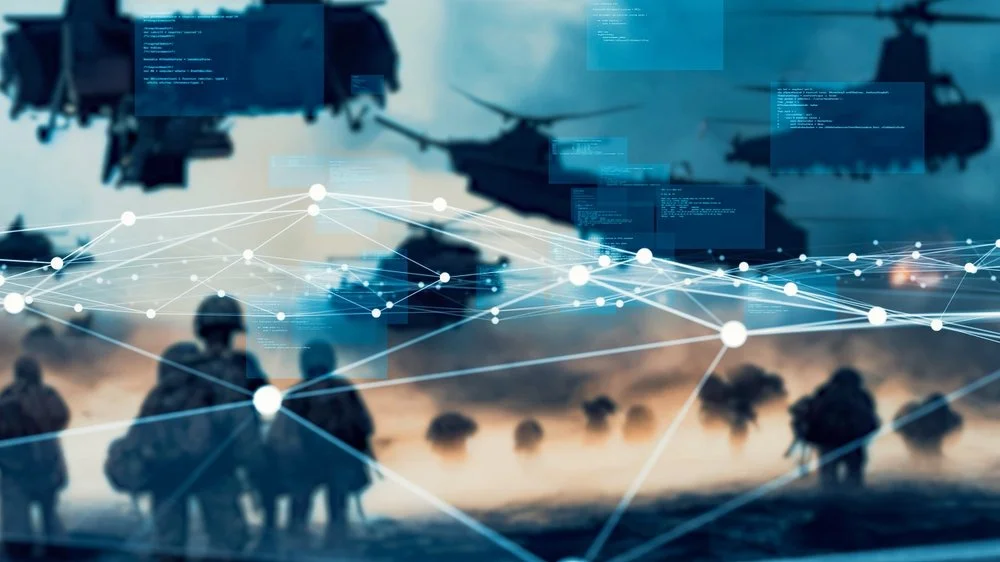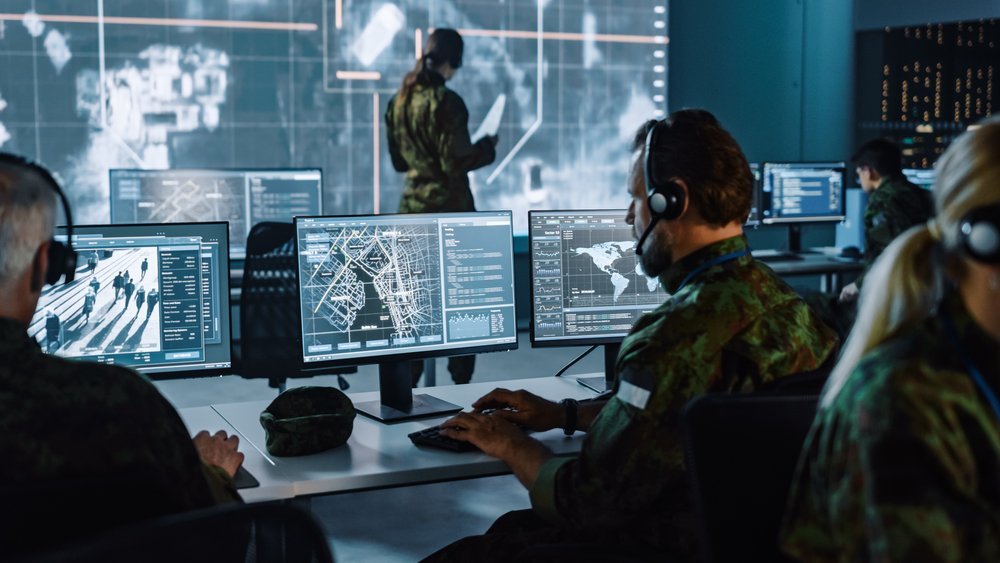
DDD Blog
Our thoughts and insights on machine learning and artificial intelligence applications
Welcome to Digital Divide Data’s (DDD) blog, fully dedicated to Machine Learning trends and resources, new data technologies, data training experiences, and the latest news in the areas of Deep Learning, Optical Character Recognition, Computer Vision, Natural Learning Processing, and more.
For Artificial Intelligence (AI) professionals, adding the latest machine learning blog or two to your reading list will help you get updates on industry news and trends.
Get early access to our blogs

How to Conduct Robust ODD Analysis for Autonomous Systems
This blog provides a technical guide to conducting robust ODD analysis for autonomous driving, detailing how to define, structure, validate, and evolve an Operational Design Domain using formal taxonomies, scenario-based testing, coverage metrics, and integration to ensure the safe and scalable deployment.

Facial Recognition and Object Detection in Defense Tech
This blog explores how facial recognition and object detection in the defense and federal/government sectors are transforming surveillance, threat detection, and decision-making. While also navigating challenges and recommendations, shaping their deployment.

Real-World Use Cases of Retrieval-Augmented Generation (RAG) in Gen AI
This blog explores the real-world use cases of RAG in GenAI, illustrating how Retrieval-Augmented Generation is being applied across industries to solve the limitations of traditional language models by delivering context-aware, accurate, and enterprise-ready AI solutions.

Geospatial Data & GEOINT Use Cases in Defense Tech and National Security
This blog explores geospatial data & GEOINT use cases in defense tech and national security, highlighting how these technologies are driving recent innovations and operational strategies.

In-Cabin Monitoring Solutions for Autonomous Vehicles
This blog explores in-cabin monitoring solutions for autonomous vehicles and highlights the key functions, critical technologies driving their development.

Bias in Generative AI: How Can We Make AI Models Truly Unbiased?
This blog explores how bias manifests in generative AI systems, why it matters at both technical and societal levels, and what methods can be used to detect, measure, and mitigate these biases. It also examines what organizations can do to mitigate bias in Gen AI and build more ethical and responsible AI models.

Fleet Operations for Defense Autonomy: Bridging Human Control and AI Decisions
This blog explores the evolving landscape of fleet operations in defense autonomy, focusing on how modern militaries are bridging the gap between rapid AI-driven decision-making and human oversight.

How GenAI is Transforming Administrative Workflows in Defense Tech
In this article, we explore how GenAI is transforming administrative operations in defense tech, We’ll also examine the key challenges it addresses, the critical role of secure AI components like RAG and red teaming, and how organizations provide the data infrastructure that powers this new era of defense innovation.

Scaling Generative AI Projects: How Model Size Affects Performance & Cost
This blog breaks down how generative AI models differ in capability, how they scale in enterprise environments, and what trade-offs organizations must consider. We’ll also examine how modern approaches such as Retrieval-Augmented Generation (RAG), fine-tuning, and Reinforcement Learning with Human Feedback (RLHF) influence the overall performance and cost.

Simulation-Based Scenario Diversity in Autonomous Driving: Challenges & Solutions
In this blog, we will discuss scenario diversity in simulation for autonomous driving, why it's important, what the associated challenges are, and how to solve them.

Gen AI Fine-Tuning Techniques: LoRA, QLoRA, and Adapters Compared
This blog takes a deep dive into three Gen AI fine-tuning techniques: LoRA, QLoRA, and Adapters, comparing their architectures, implementation complexity, hardware efficiency, and real-world applicability.

RLHF (Reinforcement Learning with Human Feedback): Importance and Limitations
This blog explores what Reinforcement Learning with Human Feedback (RLHF) is, why it’s important, associated challenges and limitations, and how you can overcome them.

Reducing Hallucinations in Defense LLMs: Methods and Challenges
In this blog, we explore how to reduce hallucinations in defense LLMs, discuss associated challenges, and mitigation strategies.

Struggling with Unreliable Data Annotation? Here’s How to Fix It
In this blog, we’ll walk through why data annotation often goes wrong and share five practical strategies you can use to fix it and prevent future issues.

Bias Mitigation in GenAI for Defense Tech & National Security
This blog offers a practical, evidence-backed approach to mitigating bias in GenAI within defense and national security. We will explore how to detect, address, and monitor bias throughout the AI lifecycle.

Accelerating HD Mapping for Autonomy: Key Techniques & Human-In-The-Loop
This blog explores the key techniques in HD mapping for autonomy and learn how HITL enhances the scalability and accuracy of HD maps.

Red Teaming Gen AI: How to Stress-Test AI Models Against Malicious Prompts
In this blog, we will delve into the methodologies and frameworks that practitioners are using to red team generative AI systems. We’ll examine the types of attacks models are susceptible to, the tools and techniques available for conducting these assessments, and integrating red teaming into your AI development lifecycle.

Top 10 Use Cases of Gen AI in Defense Tech & National Security
This blog explores the top 10 use cases of Gen Ai in defense tech and national security, and explores real-world applications.

GenAI Model Evaluation in Simulation Environments: Metrics, Benchmarks, and HITL Integration
This blog explores the core components of GenAI model evaluation in simulation environments. We’ll look at why simulation is critical, how to select meaningful metrics, what makes a benchmark robust, and how to integrate human input without compromising scalability.

Guidelines for Closing the Reality Gaps in Synthetic Scenarios for Autonomy?
In this blog, we’ll explore key guidelines for generating synthetic scenarios for Autonomy, explore how to measure reality gaps, and learn how we are supporting the autonomous industry to solve these challenges.
Sign up for our blog today!







